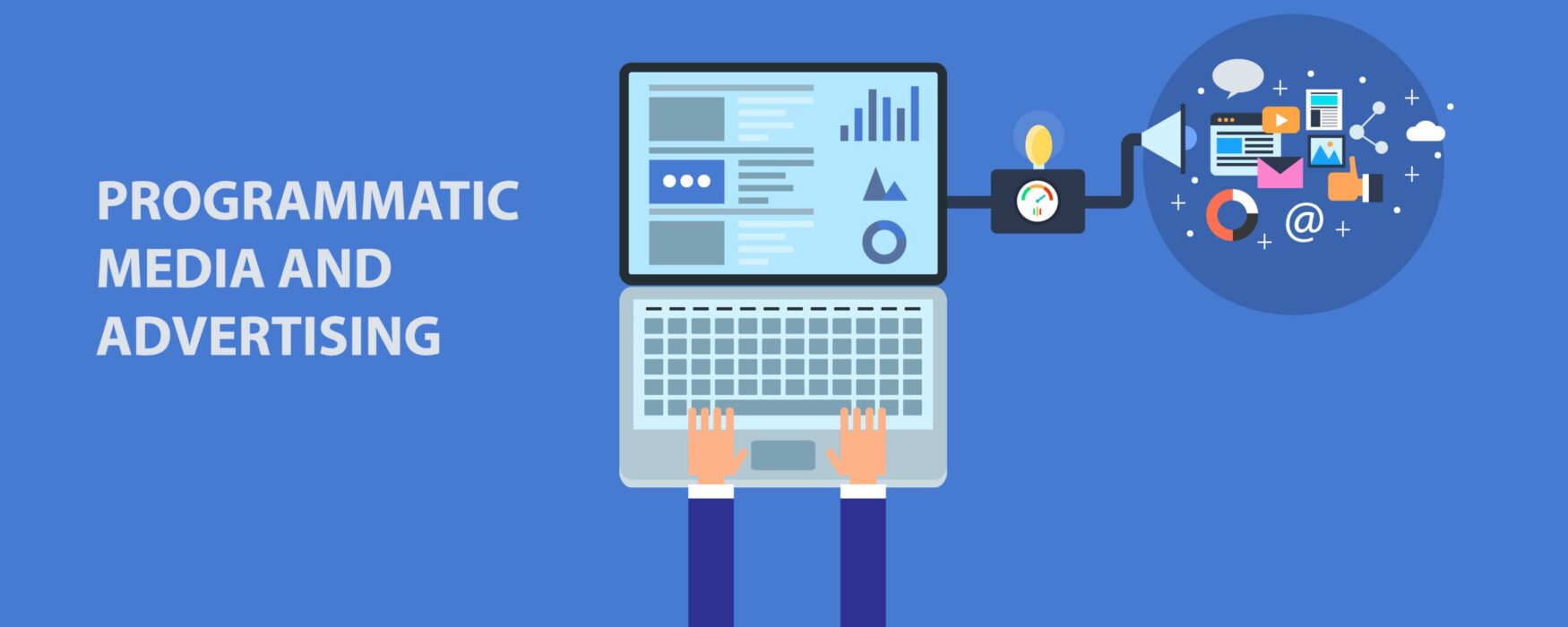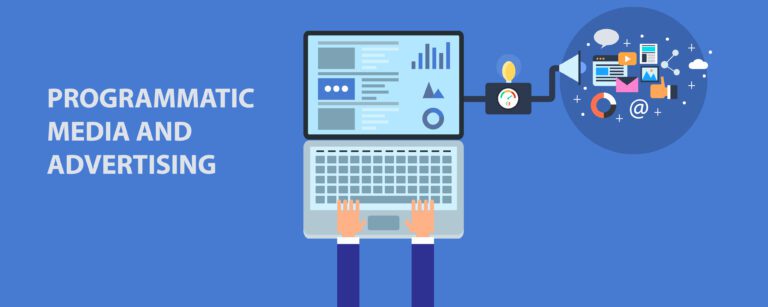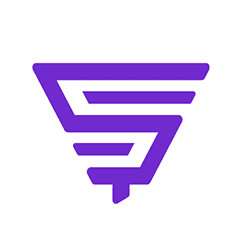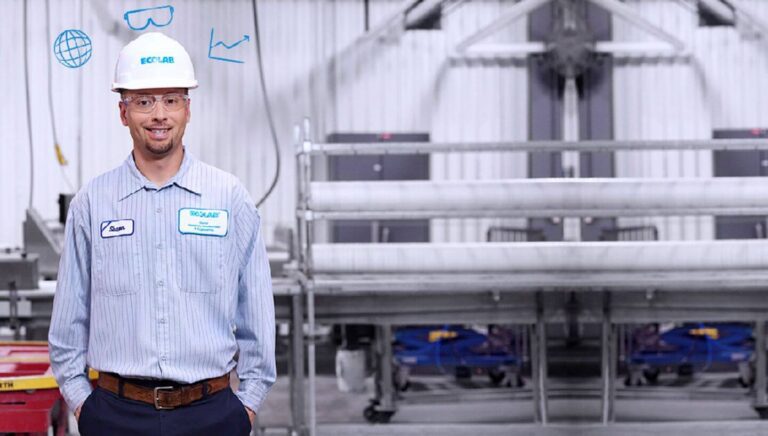The ever-changing landscape of recruitment advertising can seem very daunting. With every passing year, it's moving more and more toward programmatic media. But what exactly is "programmatic" anyway?

Targeted & relevant
All "programmatic" really means is that instead of me manually deciding when, where, and to whom job advertisements are shown, I let a machine make those decisions for me. By leveraging the latest AI technologies, I can now reach out to the candidates who are most likely to convert and who reflect the type of applicants for which I am looking.
In display recruitment advertising (banners, videos, etc.) it's now possible to target individuals as they surf the web and show them relevant job advertisements wherever they are. Gone are the days where we concentrated our efforts on a particular website hoping its audience aligns to our needs. With programmatic advertising, we care less about where we show our advertisements. What matters most is who we show them to.
But this is just one side of the programmatic coin. Programmatic media technology also allows us to better determine which jobs to sponsor and on what sites to sponsor them - ensuring that jobs are sponsored at the first sign of trouble, with the right amount of budget and in the right places. All these decisions are based on what experts would do given the same information, except now they can happen in real time.
Flexible & cost-effective
Even with all these bells and whistles, programmatic job advertising would not be nearly as valuable were it not for its flexibility. Needs within an HR organization change frequently and advertisement dollars should be able to move just as dynamically. When buying programmatically, we can be completely flexible as to how dollars are spent.
Moreover, programmatic media buying isn't handicapped by the monthly, quarterly, and even yearly contracts that previously locked employers into long-term commitments, even though their needs were hard to predict, even on a weekly basis. Without these constraints, employers are free to spend money on advertising that is consistently aligned with the organization's goals. And, if a particular publisher or media channel is no longer performing well, it can be quickly identified and dropped. In the past, this would happen at monthly meetings or in Quarterly Business Reviews, but with programmatic, it happens continuously and automatically.
What does this mean to HR leaders and recruiters?
In short, a chance to work smarter, not harder. Programmatic techniques allow recruitment leaders to focus more on their employer brand instead of figuring out the best websites to buy banner ads. It allows recruiters and HR leaders to have the time to instead concentrate on reaching out to candidates and building relationships while trusting that the job openings that are lagging behind will be sponsored on the best performing sites. Most importantly, it prevents employers from spending advertising dollars on strategies that don't work just because they are locked into long contracts or don't have the resources to constantly monitor their data.
Conclusion
For good reason, programmatic is the wave of the future in recruitment advertising. In the consumer driven world, programmatic media is omnipotent and almost every new recruitment marketing campaign has a substantial portion dedicated to utilizing some (if not all) of these technologies. Luckily, with the right expertise, any brand - candidate or employer - can leverage these cutting-edge HR tools in order to advertise jobs more accurately and effectively.
Look out for Part 2 of this blog series, where I'll take a deeper dive into the three major components of programmatic media which are of special interest to the Talent Acquisition community: Pay for Performance job advertising, Search Engine Marketing, and Programmatic Digital Brand Ads. I hope you'll find it helpful and informative!



